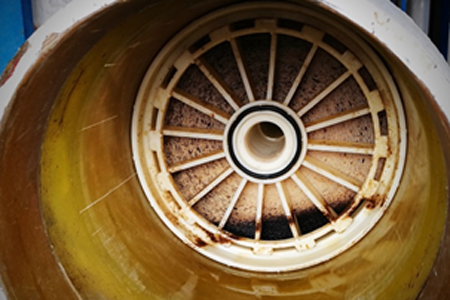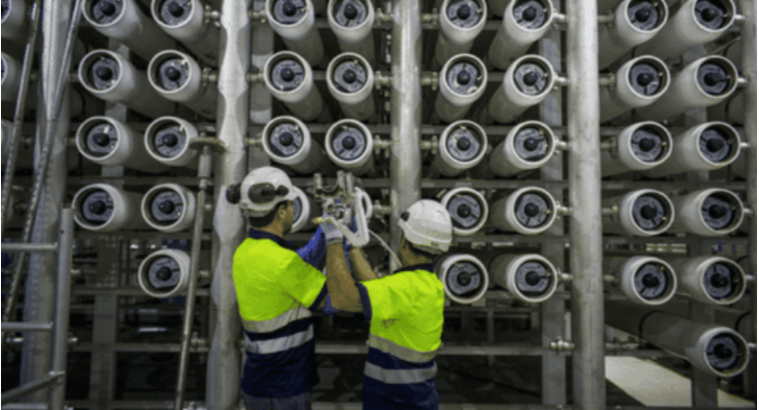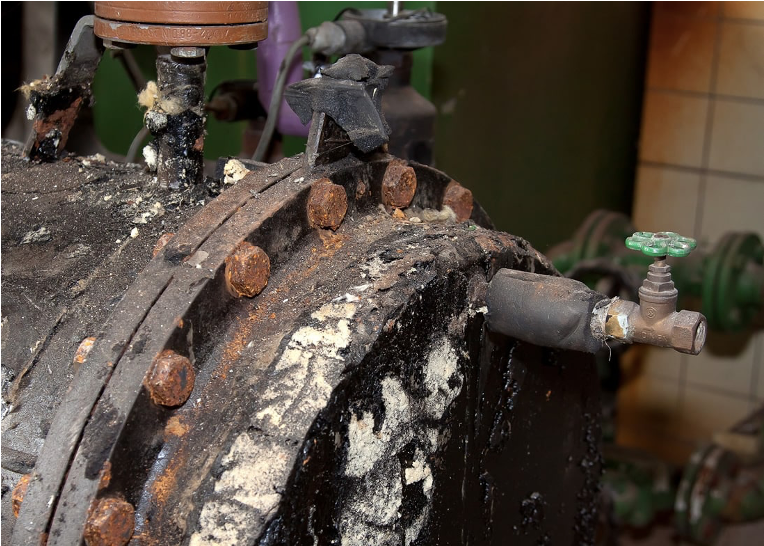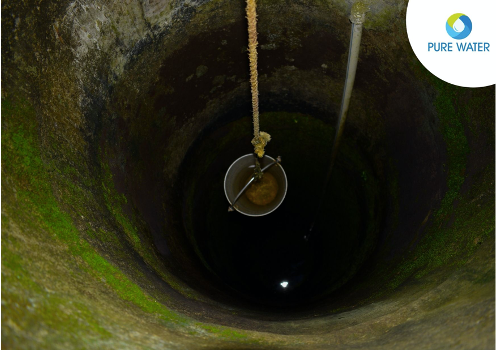
Silica is among the most common substances encountered on Earth. It is the 7th most abundant element in the universe and a vast majority of all rocks are comprised of silicate minerals which have SiO2 as their fundamental building block.
So it comes as no surprise that it is almost always present in source water, process water, and wastewater streams. For industrial units, efficient management of silica levels in process water is important to ensure optimal functioning and performance life of equipment.
But before we get into the how’s and the why’s of silica removal from water, let’s first understand the silica in your water. There are essentially 2 types of silica found in water supplies:
- Reactive Silica – Reactive silica is dissolved in water as the bisilicate ion making it a very weak acid. This type of silica can be removed by using specialized ion exchange resins since the silica is dissolved.
- Colloidal Silica – This form is a polymeric form of silica where the particles are ultra-fine and cannot be filtered out of the water using normal filtration techniques. Colloidal silica cannot be removed using ion-exchange methods.
Why is Silica removal necessary?
Removal of Silica from the process water is done as a means of safeguarding the industrial equipment from getting damaged. Silica content can accumulate on surfaces as hard mineral deposits known as scale. These deposits, also commonly known as scaling, tend to reduce the overall efficiency of the industrial equipment and cause serious damage.
Silica can also cause membrane fouling & scaling in membrane systems. Membrane fouling occurs when silica particles lodge in the membrane’s pores, obstructing the normal flow of liquids through the membrane.
Common methods of Silica Removal from Water:
- Ion Exchange Resin – This ion-exchange method can be used to remove virtually all reactive silica, but not colloidal silica. Regeneration of the resins is required in intervals.
- Membrane Filtration(RO & UF) – Membrane treatment can remove virtually all colloidal silica. Both reverse osmosis and ultrafiltration are effective in this respect. Reverse osmosis offers the additional advantage of significant reduction (98%+) of reactive silica as well.
- Lime-Soda softening – This is the most commonly used silica removal solution. In this process, calcium hydroxide (lime) is added to water to remove hardness. The lime works by triggering the precipitation of hardness ions (calcium and magnesium), which form flocs that can be settled out of the stream.
These already existing solutions have their own merits in various aspects of tackling this problem. But each of them pose a new challenge to companies. Anion exchange resin is unable to remove large amounts of colloidal silica from water, membrane filtration is hindered due to scaling problems, and lime-soda softening forms huge amount of sludge which causes huge sludge disposal headaches for companies.
The world has been crying out for an all-in-one silica removal solution which tackles the silica issue without having the aforementioned challenges.
We at Pure Water provide the world’s best water treatment solutions. Get in touch with us at info@purewaterent.net, to know more about how we can assist you with your silica problems and help your facilities reach their maximum potential.





About The Author: Rahul Mehta
More posts by Rahul Mehta